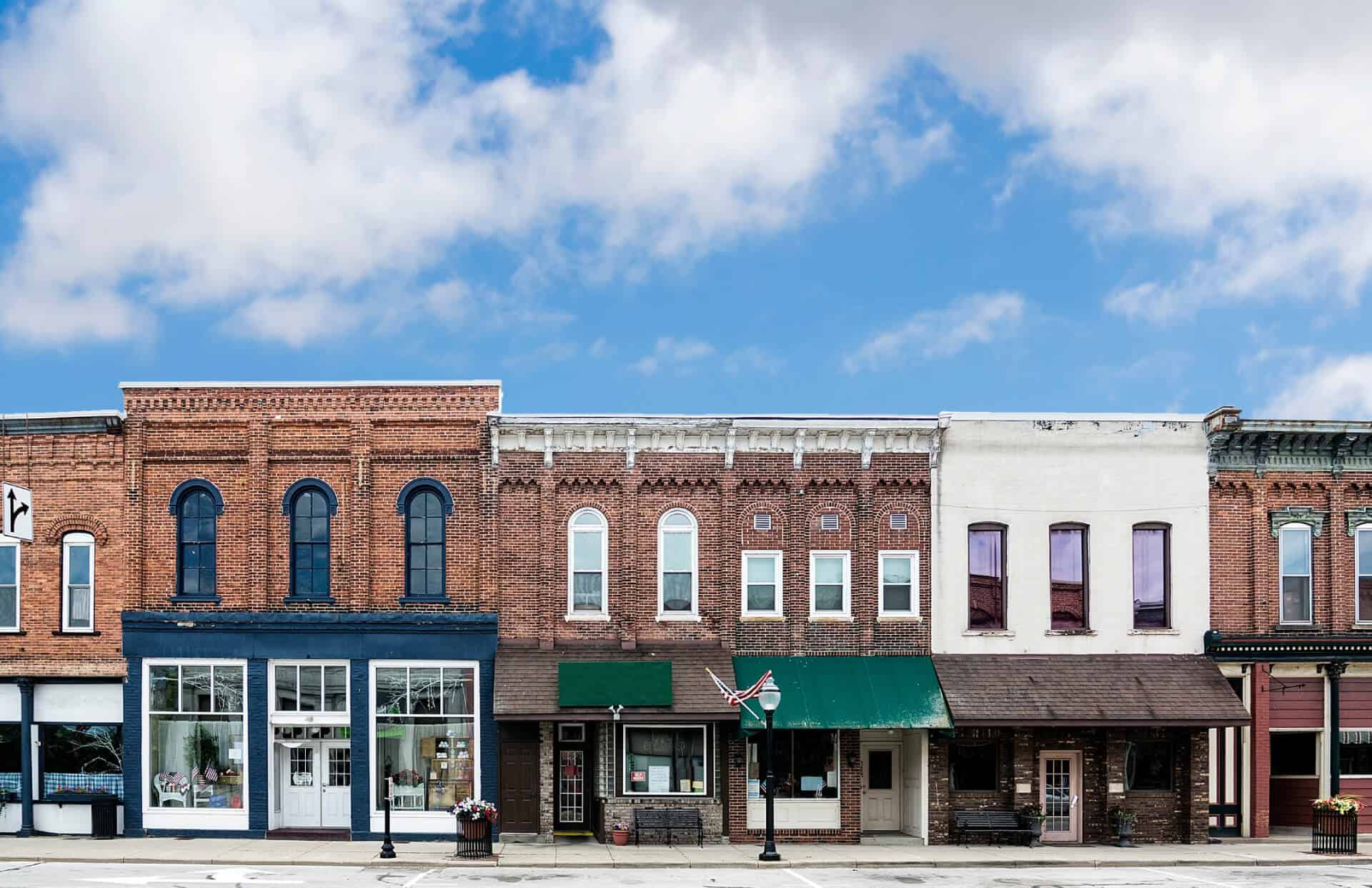Commentary
Greenbelt’s Commitment to Biodiversity

Neil Ungerleider — Essex County Greenbelt
Editor’s note:
This is one in a continuing series of guest opinions about fostering environmental stewardship and leadership coordinated by ACES — The Alliance of Climate and Environmental Stewards.
Once a rare sight, Ospreys are now seen each spring and summer soaring over coastlines, diving into waters to catch fish and perching on their large nests. The use of pesticides, until they were regulated in the 1970s, had weakened Osprey eggshells and decimated their population.
As part of Essex County Greenbelt’s commitment to biodiversity, we have focused for the past 15 years on Osprey conservation by building and maintaining approximately 50 nest platforms, while also repairing existing platforms and assisting private landowners and towns who wish to install their own nesting platforms.
The graph shows the success of those efforts. Last year, there were at least 75 active nests.

On a Greenbelt Osprey nest in Gloucester, a live webcam allowed viewers last year to watch parents Annie and Squam and the birth and growth of their three chicks: Pip, Squeak, and Ollie.
Biodiversity is an intricate web in which all the different species found in an area maintain balance and support life. Greenbelt recognizes that it is essential not only to the survival of most animals, plants, and other organisms, but also to the production of healthy food. We now use sophisticated mapping technology to strategically identify land with diverse habitat value, and then focus on conservation projects most likely to protect it.
“Our prioritization analysis evaluates each parcel on its value for conserving habitat, and what we call natural resilience, the habitat that's most likely to provide biodiversity in a changing climate,” said Abby Hardy-Moss, Director of Greenbelt’s Conservation Technology and Planning Division. “We then assign a rank based on the parcel's relative importance to every other parcel in the county.”
Kamon Farm in Ipswich, Camp Creighton in Middleton and the Lynnfield Woodlot are recent examples of conservation success stories using this data.
This commitment to biodiversity is one of the principles that defines Greenbelt, which has now protected over 19,000 acres of open space from development in the 34 cities and towns of Essex County.
We implement practical solutions, such as protecting grassland-nesting birds, including Bobolinks, EasternMeadowlarks, and Savannah Sparrows, which are among the most imperiled birds in the nation. At Greenbelt’s John J. Donovan Reservation in Hamilton and others, the fields where grassland birds nest are not cut for hay during the time when the birds breed and produce chicks who cannot fly or walk when they are first born.
Invasive plants are one of the greatest natural threats to biodiversity inMassachusetts. Many are so attractive and others so widespread that we may not realize what they are as they invade open fields, forests and wetlands, crowding out native plants.
At Greenbelt, we work to remove invasive plants such as bittersweet, knotweed, blackswallow-wort, and glossy buckthorn from our properties.
Greenbelt also works to protect the Great Marsh, a coastal jewel of the Northeast, which is threatened by sea-level rise. At our Cox Reservation headquarters in Essex, there are breathtaking views of the marsh, where organisms that live below the tidal surface create the most important habitat in New England in our marine food chain.
The Great Marsh is a nursery and foraging habitat for hundreds of species of fish, shellfish, birds and mammals. Shore birds, including herons and egrets, find a rich source of nourishment, while quahogs, mussels, fiddler crabs, and oysters live just below its surface.
The health of the Great Marsh is also essential to over 1,000 families who derive their economic livelihood from fishing and clamming. Hundreds of businesses depend on the dollars that tourism surrounding the Great Marsh brings.
We protect vernal pools at dozens of Greenbelt properties, including Farnsworth Reservation in North Andover and River Road in West Newbury. These seasonal pools of water that fill with snowmelt, rain, and spring’s rising groundwater play an almost magical role in the cycles of life. They serve as a critical breeding ground for species of frogs, toads, salamanders, and fairy shrimp.
So much is provided by the natural ecosystems around us – they’re truly vital to life on earth. According to the World Economic Forum, biodiversity is declining globally, faster than at any other time in human history. Greenbelt is doing its part to mitigate that.
Neil Ungerleider is a member of Essex County’s Greenbelt team who works to advance its mission of land conservation through his writing and photography.
Our Youth Corps asks that you care about the matter of OUR BIOSPHERE and its importance to future generations and then act accordingly personally. To learn more about doing more for the future or if you have any questions, please send an email to acesnewburyport@gmail.com. To learn more about ACES and its Initiatives, visit https://www. aces-alliance.org.
.svg)



